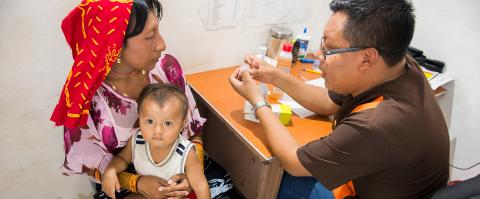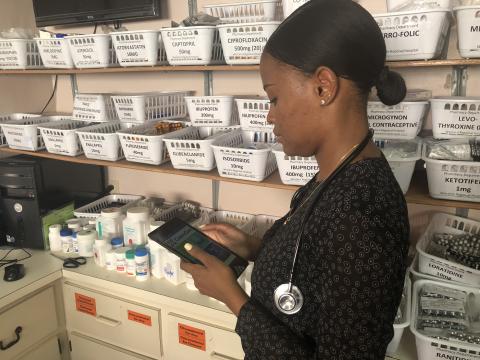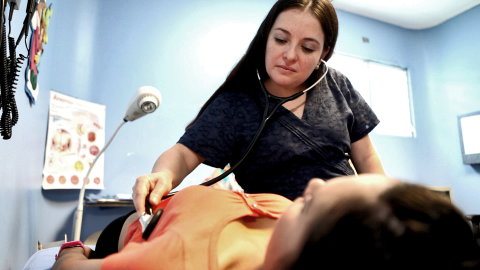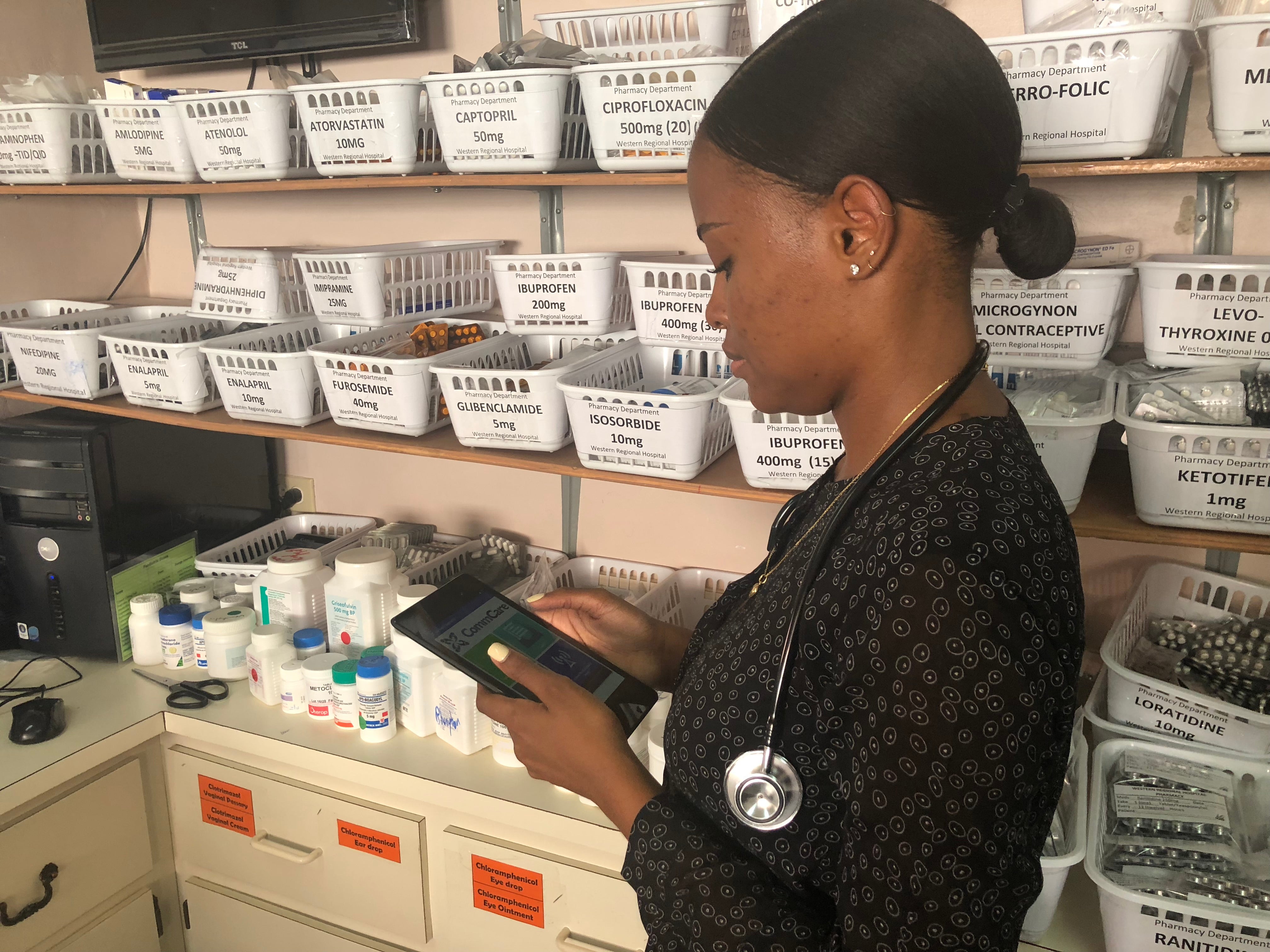Quantification and Programming
Quantification and programming are phases of the logistics cycle that occur before procurement, but after product selection. Quantification involves both forecasting and supply planning. The efficiency of a supply chain relies on forecasts to determine the demand and procurement needs for a specific medicines, products, and health supplies. Accurate forecasts ensure programs have enough supplies to serve their users and avoid stock-outs. In documents within the toolkit, the terms programming and quantification are sometimes used interchangeably.
Quantification answers the question: “How much will be procured and when will it be delivered?”. It is the process of estimating the quantities and costs of the products required for a specific health program (or service) and for determining when the products should be delivered to ensure an uninterrupted supply for the program. It considers the expected demand for commodities, unit costs, existing stocks, the stock already on order, expiring products, freight, logistics and other costs, lead times, and buffer stocks. Using this information, the total commodity requirements and costs are calculated and compared with the available financial resources to determine the final quantities to procure. The procurement process is discussed in the next module.
Forecasting answers the question: “How much is needed, in quantities and cost, to meet the health demand of the population?” It is the process of estimating the expected consumption of commodities based on historical consumption, service statistics, morbidity and/or demographic data or assumptions when data are unavailable, to calculate the quantities of commodities needed to meet demand during a particular time frame.
Supply planning refers to the quantities required to fill the supply pipeline, costs, lead times, and arrival dates of shipments to ensure optimal procurement and delivery schedules. Supply planning is considered the final output of quantification.
This section of the toolkit provides several forecasting and programming guides that can be used to project supply needs. The toolkits focus on reproductive health commodities, as well as preventative health care commodities that address the leading causes of morbidity in Latin America and the Caribbean (LAC). The toolkit also includes programmatic guides for laboratory and pathology supplies and commodities. The materials include examples from various countries in Central America.
Guide for estimating medicines and supplies for reproductive, maternal and child health using various data and information sources
This guide presents a methodology for forecasting consumption of contraceptives and other maternal child health commodities using different data sources. The guide uses examples from Belize.
Forecasting Guide for Health Commodities
This guide is a reference document for technical personnel, program managers, warehouse managers and service providers on how to carry out and estimate total commodity needs at the national and regional level. The guide provides a general step-by-step approach for conducting a quantification exercise at the national level and includes specific guidance on how to use the quantification results to: (1) Identify funding needs and gaps for the procurement of the required drugs and inputs; (2) Coordinate procurement and delivery times to ensure a continuous and effective delivery of commodities.
Quantification Guide
This guide describes the various stages of the programming process, with an emphasis on quantification for the different levels of health care in Nicaragua. The guide discusses the use of both the morbidity method and the consumption method.
Quantification guide: Morbidity Methodology
This quantification guide provides instruction on how to determine the quantities of drugs required for a healthcare provider. The guide describes the methodology for quantifying medicines that address Nicaragua’s main health problems contributing to morbidity.
Forecasting and programming guide: Morbidity methodology
This guide provides an additional methodology on forecasting and quantification for medicines and health supplies focusing on preventative care and addressing the main causes of morbidity in El Salvador. This guide was intended to compliment the Ministry of Health (MINSAL) use of a methodology based on historical consumption data. The guide is intended for personnel of both primary and secondary level healthcare.
Example of Drug Forecasting
These documents serve as examples of forecasting using historical data for Mexico.
Quantification of health commodities: Laboratory and pathology commodities companion guide
This guide standardizes the criteria for quantification and programming of laboratory and pathology commodities commonly used by Nicaragua’s health system.
Analysis of the programming and purchasing processes of contraceptives and micronutrients
This document describes an analysis of the quantification and purchase of family planning commodities and micronutrient supplies.
Quantification of medicines and health supplies selected for the Maternal and Child Health Program: 2016
This report provides an example of a quantification exercise for reproductive, and maternal and child health commodities in Belize following an assessment of the supply chain. The report was written in collaboration with the Ministry of Health in Belize and John Snow Inc.



